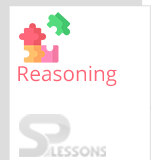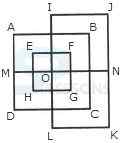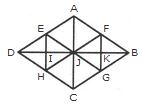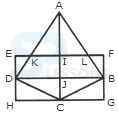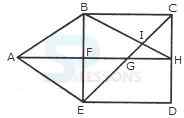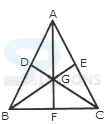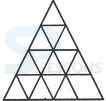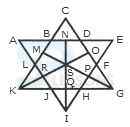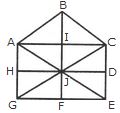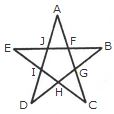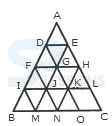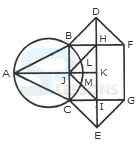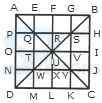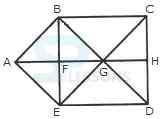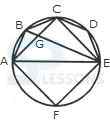 Introduction
Introduction
Analytical Reasoning skills are crucial in every field that involves Numerical Reasoning, Logic, Math , Deductions & Inductions and fields where data needs to be analysed to discern patterns within the data. Analytical Reasoning is thus defined as the ability to look at the data/information and to find patterns or rules or connection between items in the information. Analytical Reasoning questions in competitive exams include both verbal & non-verbal questions and also involve a series of diagrams and pictures.
The article Analytical Reasoning Practice Quiz 3 lists different types of Analytical Reasoning questions with solutions useful for candidates preparing for different competitive examinations like RRB .RRB ALP/Technical Exams/Junior Engineer Recruitment Exams, SSC CGL,SSC CHSL, IBPS, SBI PO, SBI Clerks, CAT and etc.
 Quiz
Quiz
1. Find the minimum number of straight lines required to make the given figure.
- A. 13
B. 15
C. 17
D. 19
E. 20
- A. 16
B. 22
C. 28
D. 32
E. 43
- A. 11
B. 13
C. 15
D. 17
E. 20
- A. 12
B. 13
C. 14
D. 15
E. 16
- A. 16
B. 13
C. 9
D. 7
E. 20
1. Find the number of triangles in the given figure.
- A. 21
B. 23
C. 25
D. 27
E. 28
- A. 10
B. 19
C. 21
D. 23
E. 25
- A. 5
B. 6
C. 8
D. 10
E. 11
- A. 9
B. 11
C. 15
D. 16
E. 17
- A. 10
B. 12
C. 14
D. 15
E. 20
1. Find the number of triangles in the given figure.
- A. 23
B. 27
C. 29
D. 31
E. 32
- A. 36
B. 40
C. 44
D. 48
E. 50
- A. 15
B. 16
C. 17
D. 18
E. 20
- A. 8
B. 10
C. 12
D. 14
E. 15
- A. 8
B. 10
C. 11
D. 12
E. 13
Other Articles
 Study Guide
Study Guide
 Exams
Exams
| Competitive Exams - Entrance Exams | |||
|---|---|---|---|
| Category | Notification | ||
| UG | NSTSE 2020 | RIMC Admission 2020 | NEET UG 2020 |
| Graduate | VTUEEE 2020 | JEE Main 2020 | GPAT 2020 |
PG |
CSIR UGC NET 2019 | AIAPGET 2020 | IIFT 2020 |
| Click Here For – All India Entrance Exam Notifications | |||
 Daily CA
Daily CA
 Job-Alerts
Job-Alerts
 SP Quiz
SP Quiz
| Competitive Exams - Practice Sets | |
|---|---|
| Category | Quiz |
| Insurance Awareness | Insurance Awareness |
| Quantitative Aptitude | Compound Interest |
| Banking Awareness | Banking Awareness |
 GK
GK
| General Knowledge for Competitive Examinations | |
|---|---|
| Topic | Name of the Article |
| GK - World | BCCI Awards List |
| World’s Largest Church Buildings | |
| World Sobriquets | |
| GK - India | Indian Government Schemes 2019 January – May |
| Gupta Empire | |
| Early Vedic Period – Ancient India Dynasties | |
| GK - Abbreviations | Computer Abbreviations |
| International Organizations Abbreviations | |
| GK - Banking & Insurance | Stock Broking – SEBI Entities |
| Important Banking Interview Questions | |
| GK - Science & Technology | Ama Ghare LED Scheme |
| Measuring Devices | |
| Human Body Facts | |
